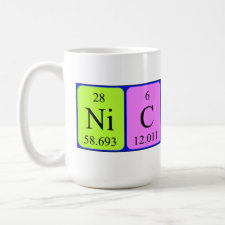
Authors: Culver HR, Peppas NA
Article Title: Protein-Imprinted Polymers: The Shape of Things to Come?
Publication date: 2017
Journal: Chemistry of Materials
Volume: 29
Issue: (14)
Page numbers: 5753-5761.
DOI: 10.1021/acs.chemmater.7b01936
Abstract: The potential to develop materials with antibody-like molecular recognition properties has helped sustain interest in protein-imprinted polymers over the past several decades. Unfortunately, despite persistent research, the field of noncovalent protein imprinting has seen limited success in terms of achieving materials with high selectivity and high affinity. In this Perspective, important yet sometimes overlooked aspects of the imprinting and binding processes are reviewed to help understand why there has been limited success. In particular, the imprinting and binding processes are viewed through the scope of free radical polymerization and hydrogel swelling theories to underscore the complexity of the synthesis and behavior of protein-imprinted polymers. Additionally, we review the metrics of success commonly used in protein imprinting literature (i.e., adsorption capacity, imprinting factor, and selectivity factor) and consider the relevance of each to the characterization of an imprinted polymer's recognition characteristics. Throughout, common shortcomings are highlighted, and experiments that could help verify or disprove the efficacy of noncovalent protein imprinting are discussed
Template and target information: Review - MIPs for protein



Join the Society for Molecular Imprinting

New items RSS feed
Sign-up for e-mail updates:
Choose between receiving an occasional newsletter or more frequent e-mail alerts.
Click here to go to the sign-up page.
Is your name elemental or peptidic? Enter your name and find out by clicking either of the buttons below!
Other products you may like:
 MIPdatabase
MIPdatabase









